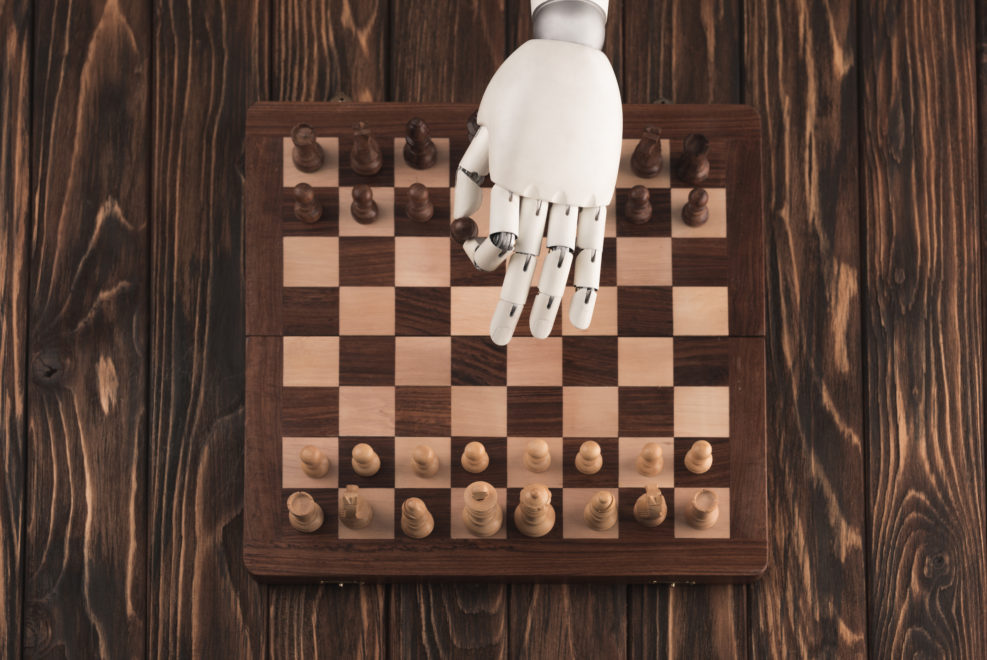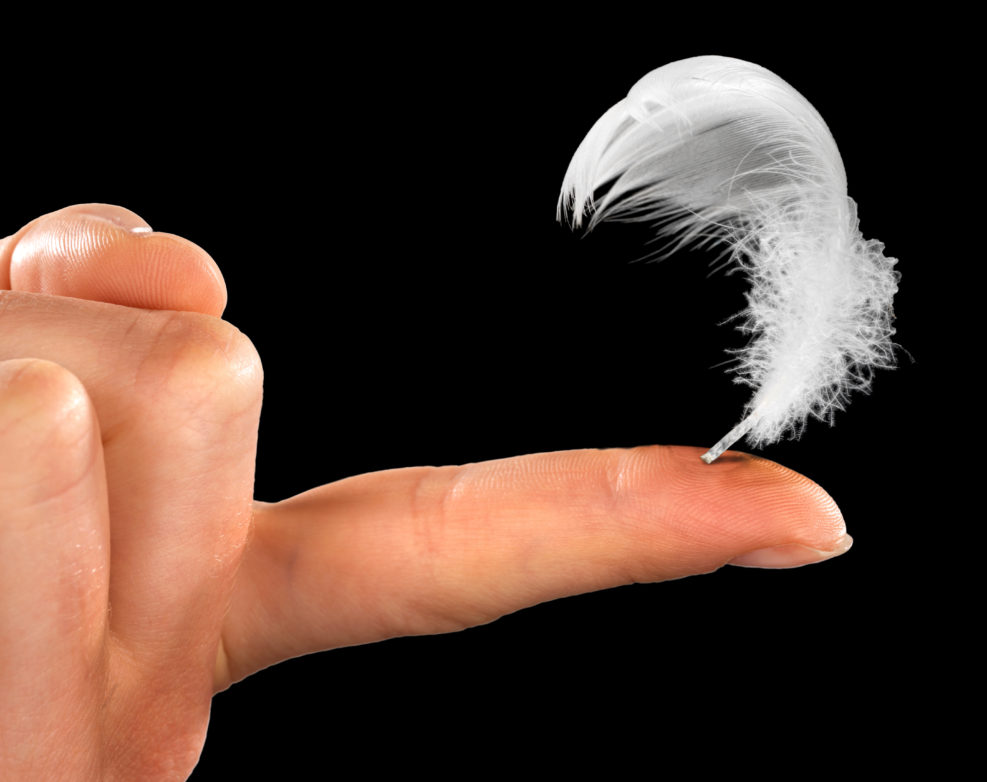
Religion Journalism After God Is Declared Dead
Writer and editor Ed Simon examines and makes a case for the New Religion Journalism, offering us help with praying to a dead godEd Simon is one of the editors of a recent anthology, The God Beat: What Journalism Says about Faith and Why It Matters (2021). According to the publisher, Broadleaf Books (an imprint of 1517 Media, formerly Augsburg Fortress), the book highlights “personal, subjective, voice-driven New Religion Journalism” by young writers “characterized by their brash, innovative, daring, and stylistically sophisticated writing and an unprecedented willingness to detail their own interaction with faith (or their lack thereof).” Simon offers his own thoughts on religion, sympathetic to that perspective, in a recent article at Aeon: He starts with reflections on the view that mid-nineteenth-century British poet Matthew Arnold (1822–1888) expressed in his poem “Dover Beach,” that religious faith was receding in his world: Read More ›


















